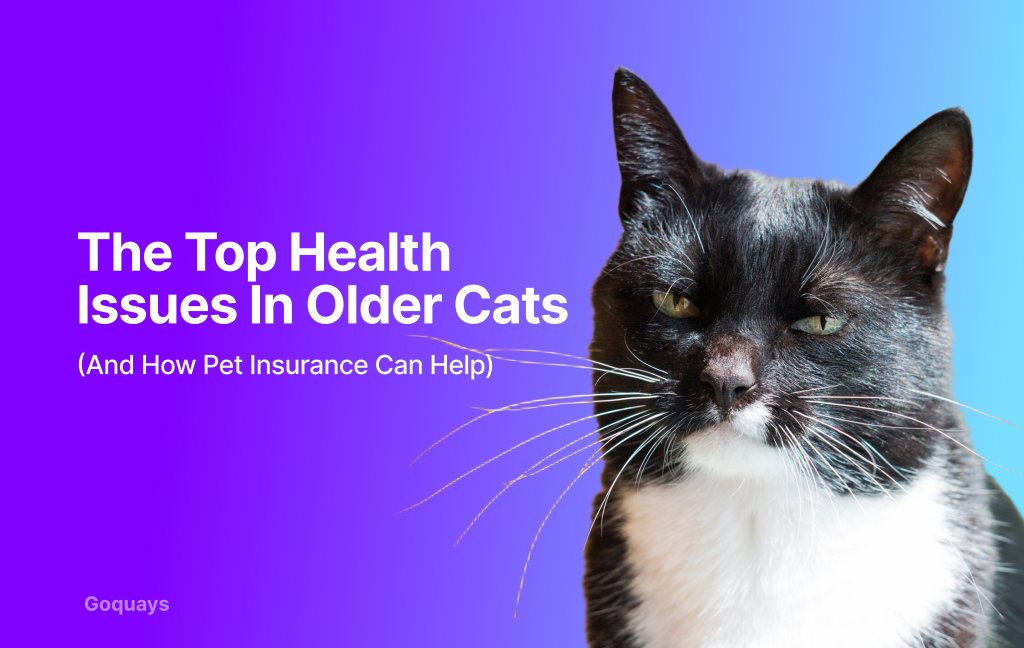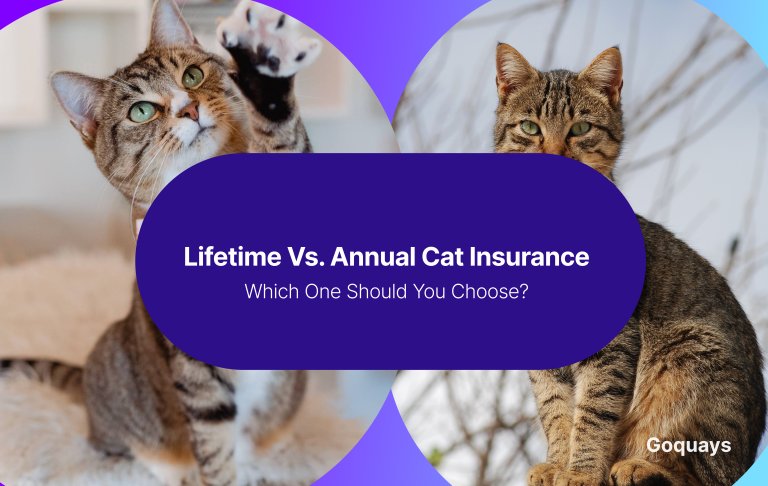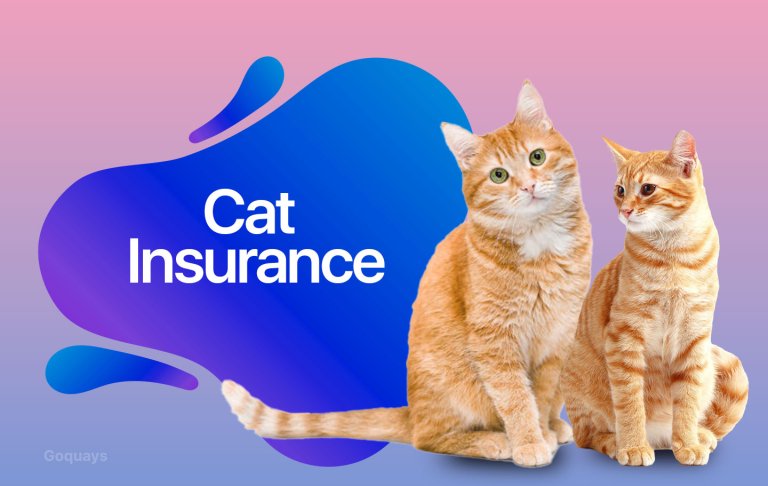As cats age, their health requires more attention and becomes more alarming. Cats are just like humans, the older they are the more susceptible they are to various age-related health conditions like arthritis, kidney diseases, diabetes or even heart problems.
These issues can become threatening to the point of affecting their quality of life, their mobility or even leading to behavioural changes. Many cat owners do not even realise that these changes are hidden health conditions that require veterinary attention
Some cat owners are unaware that treating senior cat health issues can cost an arm and a leg. With some of these treatments amounting to thousands of pounds per year. The last thing any pet owner or lover would want to deal with is choosing between their cat’s health and the financial constraints.
This is where pet insurance for older cats becomes your saving grace. While many assume that insurance is only useful when pets are young, having coverage for a senior cat can significantly ease the financial burden of managing chronic illnesses and unexpected emergencies. With the right insurance policy, your cat can get the best medical attention without putting a strain on your finances.
This blog post will explore the most common health issues in older cats, how they affect feline well-being, and the potential costs of treatment. We will also look into how pet insurance can help, what to look for in a policy, and how to choose the best coverage for your senior cat. If you are wondering whether pet insurance is still worth it for an older cat, read on—you may be surprised at how much of a difference it can make!
Understanding the aging process in Cats
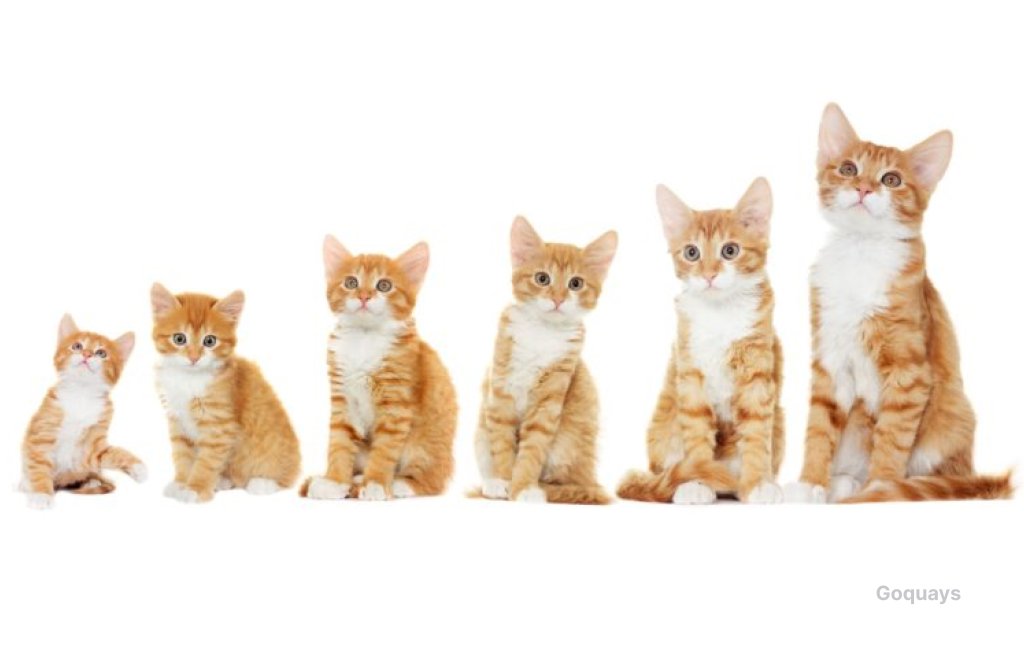
While some cats remain active as they grow older, some may show signs of aging earlier. Understanding how the ageing process affects your cat can help you provide the right care and prepare for any immediate health concerns.
At what age is a Cat considered “senior”?
The definition of a “senior” cat varies, but in general:
- Cats are considered middle-aged between 7-10 years old.
- Cats over 10 years old are classified as seniors.
- Those reaching 15 years and beyond are often referred to as geriatric cats.
Various factors determine how quickly cats age. These factors include; Breed, genetics, or the lifestyle of your cat. For example, larger breeds like Maine Coons tend to have shorter lifespans than smaller breeds. Indoor cats live longer than outdoor cats due to less environmental interference and access to veterinary care.
How aging affects a Cat's health
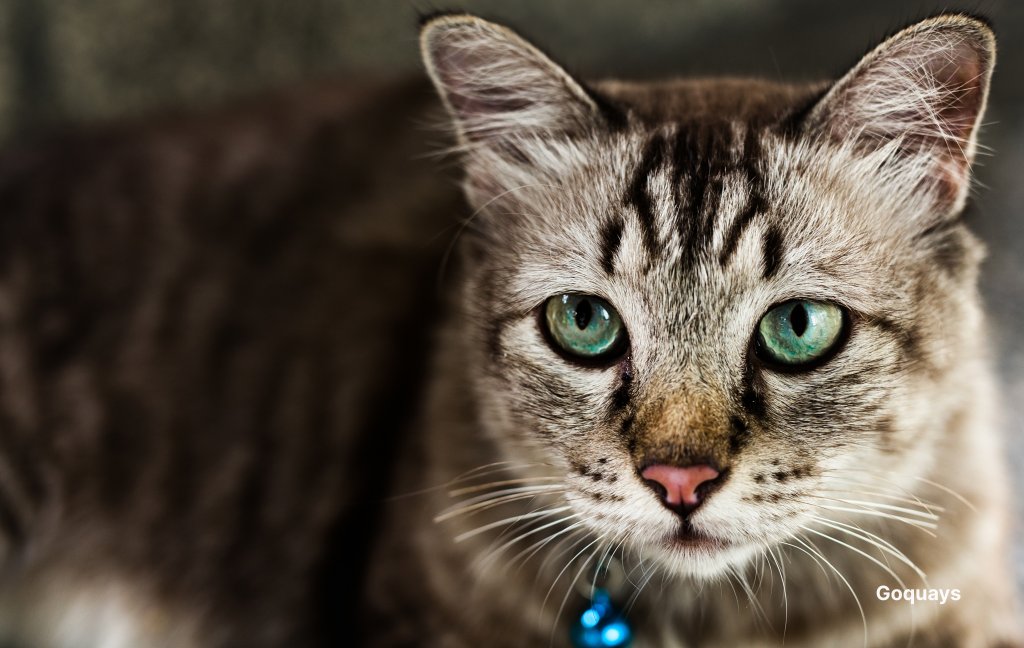
As cats age, they experience both physical and behavioural changes. Some of these changes are a normal part of ageing, while others can indicate underlying health problems.
Physical changes in senior Cats
- Slower metabolism: This leads to weight gain or, in some cases, weight loss due to muscle deterioration.
- Reduced kidney function: A major risk factor for chronic kidney disease (CKD), common in older cats.
- Weakened immune system: Making them more vulnerable to infections and chronic illnesses.
- Dental deterioration: This leads to gum disease, tooth loss, and difficulty eating.
- Arthritis and joint stiffness: Resulting in reduced mobility and reluctance to jump or climb.
- Sensory decline: Vision and hearing loss are common in geriatric cats, sometimes causing confusion or disorientation.
Behavioural changes in ageing Cats
- Increased sleeping time (often up to 18+ hours a day).
- More irritability or aggression, possibly due to pain or sensory decline.
- Litter box accidents if mobility issues make it hard for them to climb into the tray.
- Increased vocalization or confusion, especially at night, could indicate cognitive decline (feline dementia).
Why does this matter for Pet Insurance?
Recognizing these changes early is important because many senior cat health issues develop gradually. Pet insurance can help cover the costs of preventative care, early diagnostics, and long-term treatment for age-related conditions, ensuring your cat receives the best possible care as they grow older.
Common health issues in older Cats
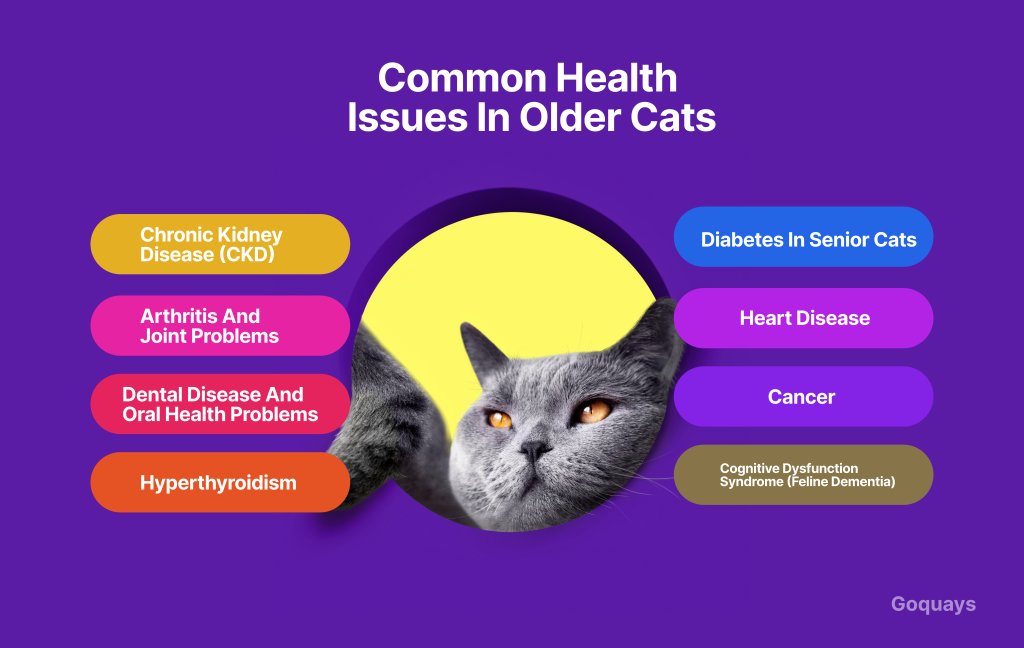
As cats age, their bodies go through various phases making them more susceptible to chronic illnesses. While some health issues are part of ageing, others can impact their quality of life if left untreated. Below are some of the most common health problems in older cats, their symptoms, treatment options, and how pet insurance for older cats can help manage costs.
- Chronic kidney disease (CKD)

It is one of the most common health issues in senior cats. The kidneys gradually lose their ability to filter toxins from the blood, leading to a buildup of waste products in the body. The symptoms of this disease include;
- Increased thirst and urination
- Weight loss
- Decreased appetite
- Lethargy and weakness
- Vomiting and bad breath (due to toxin buildup)
Here are some of the treatments required for kidney disease
- Prescription kidney-friendly diet
- Fluid therapy to prevent dehydration
- Medications to manage blood pressure and toxin buildup
- Regular blood and urine tests to monitor kidney function
How pet Insurance for older cats will help
Kidney Disease requires lifelong management, with regular vet visits, blood tests, and special diets. Pet insurance can cover diagnostic tests, medication, and ongoing treatments, reducing long-term financial strain.
- Arthritis and Joint Problems
This degenerative joint disease affects your cat’s mobility making it painful for senior cats to jump, climb, or even walk. Some of the illness symptoms include;
- Stiffness, especially after resting
- Difficulty jumping onto furniture
- Reluctance to use stairs or the litter box
- Increased aggression due to pain
The treatment for Arthritis and Joint problems are;
- Pain relief medications (e.g., NSAIDs for cats)
- Joint supplements
- Weight management to reduce joint strain
- Physiotherapy and laser therapy for pain relief
How pet insurance for older cats will help
Ongoing pain management, vet visits, and alternative therapies (like hydrotherapy) can add up. Many comprehensive pet insurance policies cover arthritis treatment. This ensures your cat remains comfortable as they grow older.
- Dental Disease and Oral Health Problems
Older cats are prone to gum disease, infections, and tooth loss, which causes discomfort and make eating difficult. Some of this disease’s symptoms are;
- Bad breath (halitosis)
- Difficulty chewing or drooling
- Red, swollen gums
- Weight loss due to reluctance to eat
The treatment for Cat’s Dental Diseases includes;
- Professional dental cleanings
- Tooth extractions if severe decay is present
- Antibiotics for infections
- Switching to soft food if necessary
How pet insurance for older cats will help
Depending on the type of plan you opt for some pet insurance plans cover dental treatments, especially if routine dental check-ups are included in the policy. Without insurance, dental procedures can cost hundreds of pounds, which could lead to financial strain for you. This puts you in a situation where you have to choose between your cat and your finances.
- Hyperthyroidism
Hyperthyroidism is a hormonal disorder caused by an overactive thyroid gland, leading to an increased metabolism. Some of its symptoms include;
- Sudden weight loss despite increased appetite
- Restlessness or hyperactivity
- Increased thirst and urination
- Vomiting and diarrhea
The treatments for Hyperthyroidism include;
- Medication (e.g., methimazole) to regulate thyroid activity
- Special low-iodine diet
- Surgery to remove the thyroid gland
- Radioactive iodine therapy (permanent cure but expensive)
How pet insurance for older cats will help
Hyperthyroidism is a lifelong condition, and treatments like radioactive iodine therapy can cost up to £5,900. A good insurance policy covers diagnostics, medication, and advanced treatment options depending on your plan.
- Diabetes in Senior Cats
Diabetes occurs when a cat’s body fails to regulate blood sugar levels, leading to excessive glucose in the bloodstream. It is more common in overweight cats. The symptoms include;
- Increased thirst and urination
- Sudden weight loss
- Increased appetite
- Lethargy and weakness
Treatment
- Daily insulin injections
- Special diabetic diet
- Regular glucose monitoring
How pet insurance helps
Diabetes management involves ongoing medication and frequent vet visits. Pet insurance for older cats can cover insulin costs, glucose monitoring, and emergency treatments in case of complications like diabetic ketoacidosis. Plans like maximum benefit policy and lifetime policies are best to cover for diabetes in your cat.
- Heart Disease
Older cats can develop hypertrophic cardiomyopathy (HCM). It’s a condition where the heart muscle thickens, making it harder for the heart to pump blood. The symptoms of this condition are;
- Labored breathing
- Fatigue and lethargy
- Coughing or wheezing
- Sudden collapse in severe cases
Treatment
- Medications to regulate heart function and fluid retention
- Low-sodium diet
- Regular cardiac check-ups, including X-rays and echocardiograms
How Pet Insurance helps
Heart disease requires frequent monitoring and expensive tests, plus it’s a lifelong treatment. Cat Insurance for your pet covers diagnostics, medications, and emergency care if heart failure occurs.
- Cancer
Cancer is a major concern in geriatric cats, with lymphoma and mammary tumours being the most common. Early detection is crucial. The symptoms are;
- Unexplained lumps or swellings
- Sudden weight loss
- Lethargy and loss of appetite
- Vomiting or diarrhoea
Treatment for cat cancer includes;
- Surgery to remove tumours
- Chemotherapy or radiation therapy
- Palliative care if cancer is advanced
How pet insurance will help
Cancer treatments are expensive, with chemotherapy alone costing thousands of pounds. Pet insurance for older cats can help cover specialist consultations, surgery, and ongoing treatments. And also provide you with emotional and financial support.
- Cognitive Dysfunction Syndrome (Feline Dementia)
Like Alzheimer’s in humans, older cats can experience cognitive decline, leading to confusion and behaviour changes. Some of these symptoms include;
- Disorientation (wandering or getting “lost” in familiar areas)
- Increased vocalization, especially at night
- Forgetting litter box habits
- Changes in sleep patterns
The treatments include;
- Special dietary supplements to support brain health
- Environmental enrichment (toys, puzzles)
- Anxiety-reducing medications
How pet insurance will help
While cognitive dysfunction may not always require medical treatment, pet insurance can help cover medications and vet consultations for managing symptoms.
How to choose the best pet insurance for older cats
Selecting the right pet insurance for older cats can be challenging, especially since many insurers have age limits, exclusions, and restrictions for pre-existing conditions. However, finding the right policy ensures that your older cat receives the best veterinary care without excessive out-of-pocket expenses. Here’s a step-by-step guide on how to choose the best pet insurance for an older cat, what to look for in a policy, and common mistakes to avoid.
What to look for in a policy for Senior Cats

When comparing pet insurance providers, here are the most important factors to consider:
- Lifetime vs. Time-limited Coverage
- Lifetime policies: These provide ongoing coverage for chronic conditions (e.g., kidney disease, arthritis) for as long as you renew the policy. Best for senior cats.
- Time-limited policies: Cover a condition for 12 months only, after which it becomes an exclusion. Less ideal for older cats.
The best choice for your older cats is Lifetime coverage. It ensures continued care for age-related illnesses.
- Coverage for chronic and Pre-existing Conditions
Many senior cats already have health issues when insurance is purchased. Most providers exclude pre-existing conditions, but some may cover pre-existing conditions if the pet has been symptom-free for a certain period (e.g., 24 months). So it’s best to look for insurers that offer coverage for chronic conditions like arthritis and diabetes.
- Veterinary Fee Limits
Every pet insurance policy has a maximum payout limit per year or condition. Some policies have low limits, which may not cover expensive treatments.
Typical coverage options:
- £2,000 – £4,000 per condition per year (basic coverage)
- £6,000 – £15,000 per year (premium/lifetime policies)
Opt for a higher annual coverage limit (£5,000+) to cover expensive treatments like chemotherapy or surgery.
- Age Limits & Policy Restrictions
Some insurance providers won’t accept new policies for cats over 10-12 years old. Others only offer accident-only coverage for older pets. The best thing to do? Opt for a provider with no upper age limit.
- Dental Coverage
Dental disease is a major issue in older cats, but not all insurance policies cover dental treatments unless caused by an accident or illness. Look for a policy that includes dental care, especially for periodontal disease.
- Alternative & Specialist Treatments
Some policies cover alternative therapies like acupuncture, hydrotherapy, or physiotherapy, which can help senior cats with arthritis or mobility issues. Be sure to check if the insurer covers complementary treatments for pain management.
How to Find Affordable Insurance for Older Cats

While insurance premiums increase with age, there are ways to save money while ensuring good coverage:
- Compare Multiple Providers
Use UK comparison sites like:
- MoneySuperMarket
- Compare the Market
- GoCompare
- Choose a Higher Excess
A higher voluntary excess (£100-£200 per claim) can lower monthly premiums while still ensuring coverage for major illnesses.
- Consider Multi-Pet Discounts
If you have more than one pet, some insurers offer multi-pet discounts, reducing overall costs.
- Buy Insurance Before Health Issues Arise
Premiums increase significantly once a cat develops a chronic illness. The earlier you get coverage, the better the rates and coverage options.
Common Mistakes to Avoid When Insuring a Senior Cat
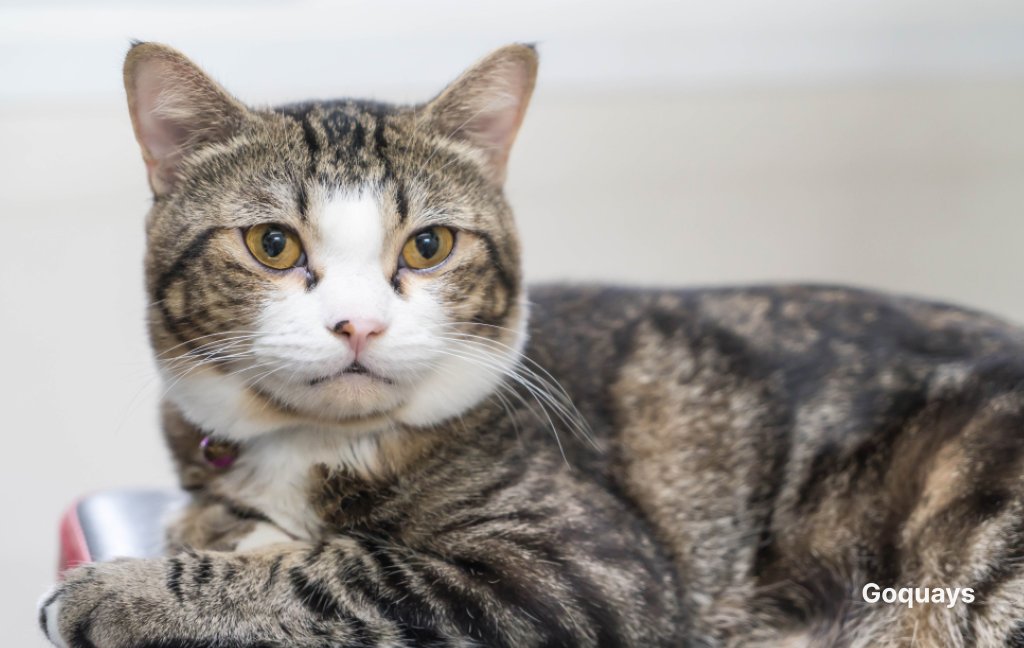
Waiting too long to get Insurance
If your cat is already diagnosed with a chronic condition, it may be excluded from coverage.
- It’s best to get insurance before age-related issues develop.
Choosing the cheapest policy without checking coverage
- Many low-cost plans have low payout limits or exclude key conditions.
- Always read the fine print and compare what’s included.
Not checking exclusions for pre-existing conditions
- Some insurers exclude illnesses that occurred years ago, even if they were resolved.
- Check if pre-existing conditions can be reconsidered after a waiting period.
Assuming senior cats can’t be Insured
- Some owners believe older cats can’t get pet insurance, but many providers still offer coverage—you just need to choose the right one.
Conclusion
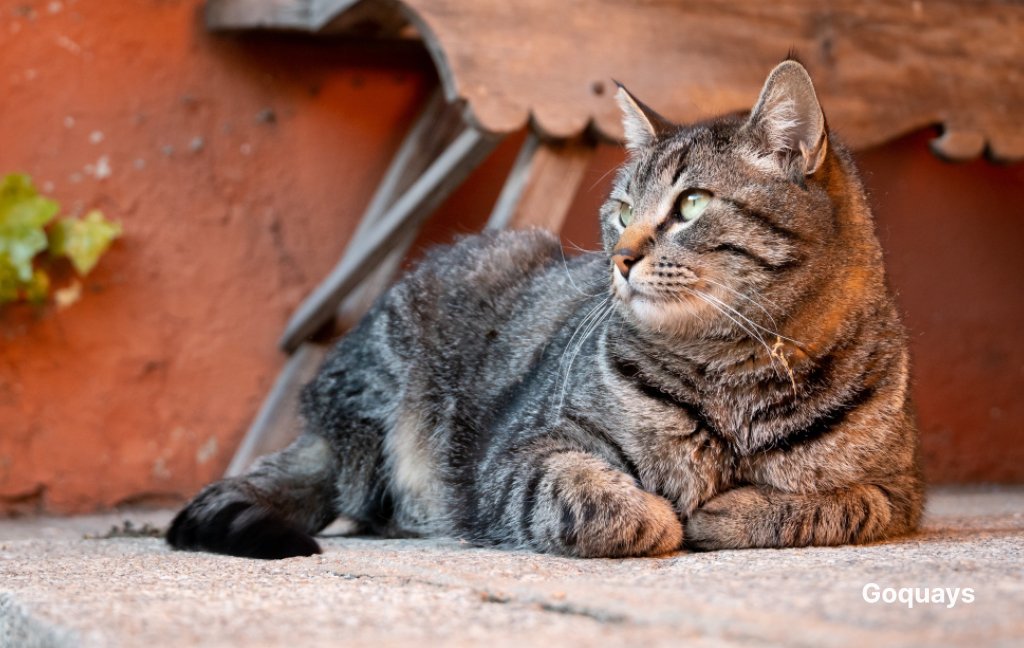
As your cats age, their health needs change, and the risk of developing chronic illnesses and mobility issues increases. From arthritis and kidney disease to diabetes and hyperthyroidism, senior cats require more frequent veterinary care, specialized treatments, and sometimes even long-term medications. Unfortunately, these medical expenses can add up quickly, leaving pet owners with difficult financial decisions.
This is why pet insurance for older cats is more than just a safety net—it’s a lifeline for ensuring that your senior cat receives the best possible care without financial stress. With the right insurance policy, you can cover veterinary check-ups, diagnostic tests, medications, surgeries, and even alternative therapies like physiotherapy and hydrotherapy.

